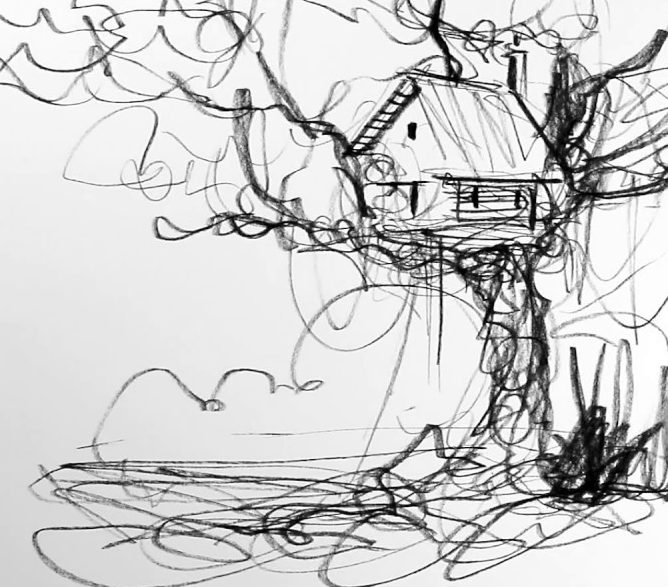Art is a highly diverse range of human activities engaged in creating visual, auditory, or performed artifacts— artworks—that express the author’s imaginative or technical skill, and are intended to be appreciated for their beauty or emotional power.The oldest documented forms of art are visual arts, which include images or objects in fields like painting, sculpture, printmaking , photography, and other visual media . Architecture is often included as one of the visual arts; however, like the decorative arts, it involves the creation of objects where the practical considerations of use are essential, in a way that they usually are not in another visual art, like a painting.Art may be characterized in terms of mimesis (its representation of reality), expression, communication of emotion, or other qualities. Though the definition of what constitutes art is disputed and has changed over time, general descriptions center on the idea of imaginative or technical skill stemming from human agency and creation. When it comes to visually identifying a work of art, there is no single set of values or aesthetic traits. A Baroque painting will not necessarily share much with a contemporary performance piece, but they are both considered art.Despite the seemingly indefinable nature of art, there have always existed certain formal guidelines for its aesthetic judgment and analysis. Formalism is a concept in art theory in which an artwork’s artistic value is determined solely by its form, or how it is made. Formalism evaluates works on a purely visual level, considering medium and compositional elements as opposed to any reference to realism , context, or content.Art is often examined through the interaction of the principles and elements of art. The principles of art include movement, unity, harmony, variety, balance, contrast, proportion and pattern. The elements include texture, form, space, shape, color, value and line. The various interactions between the elements and principles of art help artists to organize sensorially pleasing works of art while also giving viewers a framework within which to analyze and discuss aesthetic ideas.A fundamental purpose common to most art forms is the underlying intention to appeal to, and connect with, human emotion. However, the term is incredibly broad and is broken up into numerous sub-categories that lead to utilitarian , decorative, therapeutic, communicative, and intellectual ends. In its broadest form, art may be considered an exploration of the human condition, or a product of the human experience.The decorative arts add aesthetic and design values to everyday objects, such as a glass or a chair, transforming them from a mere utilitarian object to something aesthetically beautiful. Entire schools of thought exist based on the concepts of design theory intended for the physical world.Art can function therapeutically as well, an idea that is explored in art therapy. While definitions and practices vary, art therapy is generally understood as a form of therapy that uses art media as its primary mode of communication. It is a relatively young discipline, first introduced around the mid-20th century.Historically, the fine arts were meant to appeal to the human intellect, though currently there are no true boundaries. Typically, fine art movements have reacted to each other both intellectually and aesthetically throughout the ages. With the introduction of conceptual art and postmodern theory, practically anything can be termed art. In general terms, the fine arts represent an exploration of the human condition and the attempt to experience a deeper understanding of life.The meaning of art is often culturally specific, shared among the members of a given society and dependent upon cultural context. The purpose of works of art may be to communicate political, spiritual or philosophical ideas, to create a sense of beauty (see aesthetics), to explore the nature of perception, for pleasure, or to generate strong emotions. Its purpose may also be seemingly nonexistent.The nature of art has been described by philosopher Richard Wollheim as “one of the most elusive of the traditional problems of human culture.” It has been defined as a vehicle for the expression or communication of emotions and ideas, a means for exploring and appreciating formal elements for their own sake, and as mimesis or representation. More recently, thinkers influenced by Martin Heidegger have interpreted art as the means by which a community develops for itself a medium for self-expression and interpretation.Art, in its broadest sense, is a form of communication. It means whatever the artist intends it to mean, and this meaning is shaped by the materials, techniques, and forms it makes use of, as well as the ideas and feelings it creates in its viewers . Art is an act of expressing feelings, thoughts, and observations.


Hi! I am a robot. I just upvoted you! I found similar content that readers might be interested in:
https://courses.lumenlearning.com/boundless-arthistory/chapter/what-is-art/